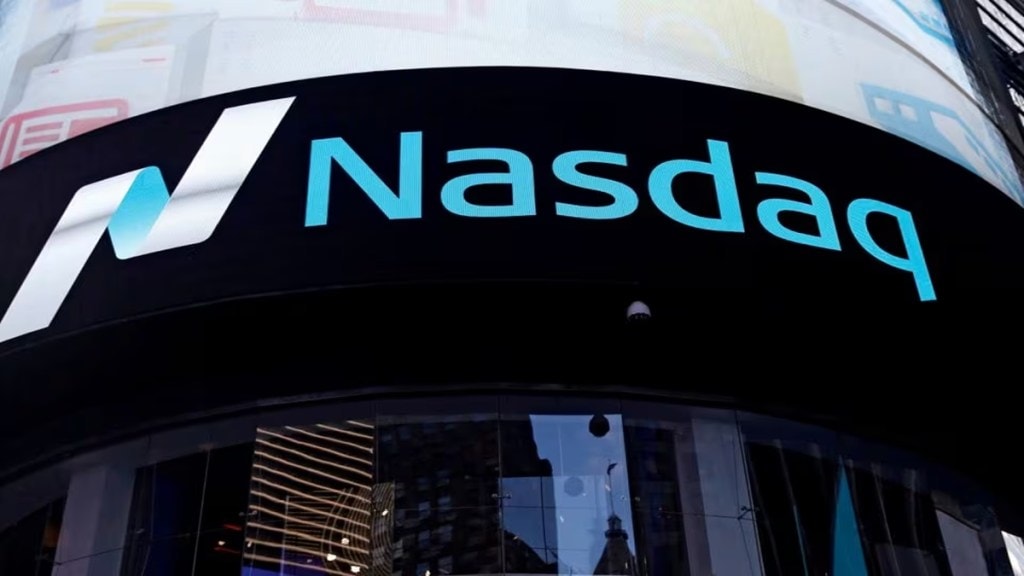Three Nasdaq-listed companies have announced a reverse stock split, effective June 18. Forward Industries, GRI Bio and VS Media Holdings are the three companies whose shares will start trading after the reverse stock split on June 18.
Forward Industries, Inc. (FORD) will effect a one-for-ten (1-10) reverse split of its Common Stock. The reverse stock split will become effective on Tuesday, June 18, 2024. In conjunction with the reverse split, the CUSIP number will change to 349862409.
GRI Bio, Inc. (GRI) will effect a one-for-thirteen (1-13) reverse split of its Common Stock. The reverse stock split will become effective on Tuesday, June 18, 2024. In conjunction with the reverse split, the CUSIP number will change to 3622AW304.
VS Media Holdings Limited (VSME) will effect a one-for-seven (1-7) reverse split of its Class A Ordinary Shares. The reverse stock split will become effective on Tuesday, June 18, 2024. In conjunction with the reverse split, the CUSIP number will change to G9517U202.
CUSIP stands for Committee on Uniform Securities Identification Procedures. A CUSIP number identifies most financial instruments, including stocks of all registered U.S. and Canadian companies, commercial paper, and U.S. government and municipal bonds.
CUSIP numbers consist of nine characters (including letters and numbers) that uniquely identify a company or issuer and the type of financial instrument. A similar system is used to identify foreign securities (CUSIP International Numbering System or CINS). CINS employs the same nine-character identifier as CUSIP, but also contains a letter in the first position to signify the issuer’s country or geographic region.
How Reverse Stock Split Works
When a company completes a reverse stock split, each outstanding share of the company is converted into a fraction of a share. For example, if a company declares a one-for-ten reverse stock split, every ten shares that you own will be converted into a single share. If you owned 10,000 shares of the company before the reverse stock split, you will own a total of 1,000 shares after the reverse stock split.
A company may declare a reverse stock split to increase the trading price of its shares – for example, when it believes the trading price is too low to attract investors to purchase shares or in an attempt to regain compliance with minimum bid price requirements of an exchange on which its shares trade.
A reverse stock split does not increase the market capitalization of a company – although the number of shares outstanding decreases, the stock price is adjusted accordingly in that the market capitalization of the company remains unchanged. In other words, shareholder value is unaffected by a reverse stock split.
